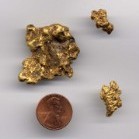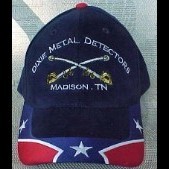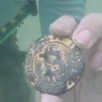European Detectors Versus U.S. Style Detectors On Target Masking
-
Similar Content
-
- 12 replies
- 1,276 views
-
- 13 replies
- 1,804 views
-
- 28 replies
- 28,673 views
-
- 9 replies
- 1,233 views
-
- 1 reply
- 2,325 views
-
- 0 replies
- 2,694 views
-
-







.thumb.jpg.8761b3d9b3da119b9e6d1912f67275ad.jpg)
Recommended Posts
Create an account or sign in to comment
You need to be a member in order to leave a comment
Create an account
Sign up for a new account in our community. It's easy!
Register a new accountSign in
Already have an account? Sign in here.
Sign In Now